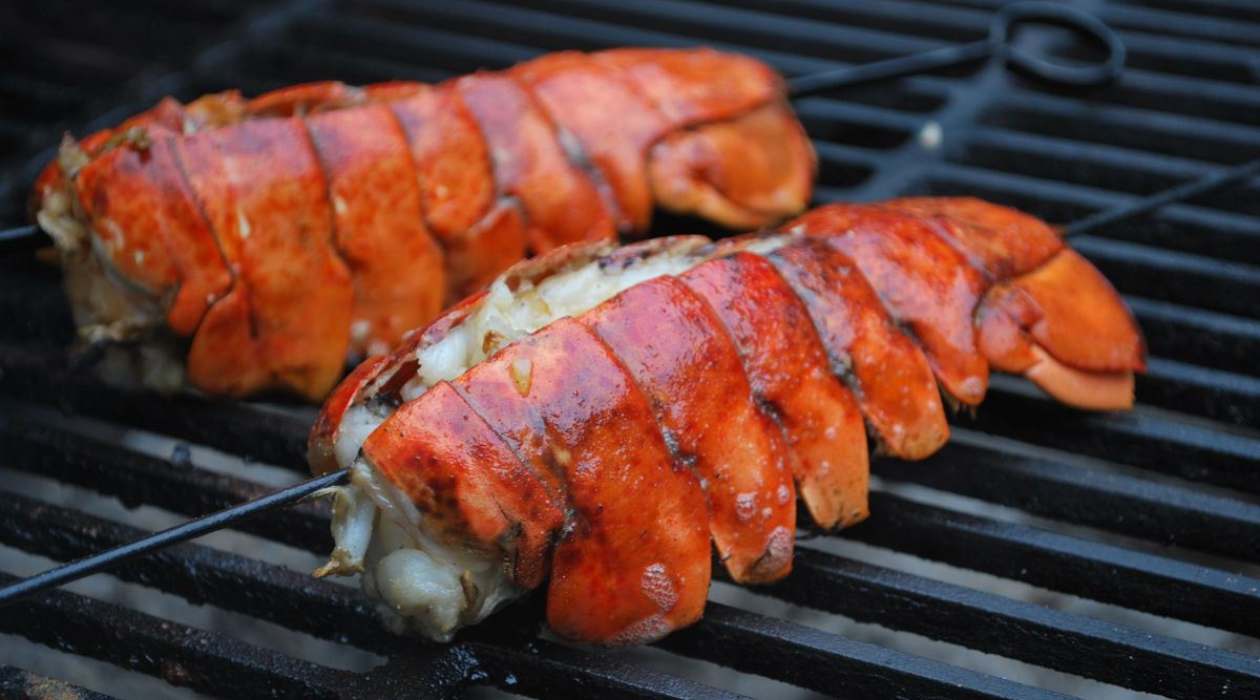

Articles
How To Store Lobster Tails
Modified: February 23, 2024
Learn the best techniques and tips for storing lobster tails to keep them fresh and flavorful. Read our informative articles today!
(Many of the links in this article redirect to a specific reviewed product. Your purchase of these products through affiliate links helps to generate commission for Storables.com, at no extra cost. Learn more)
Introduction
Lobster tails are a delicious and versatile seafood delicacy. Whether you’re planning to indulge in a gourmet feast or simply want to enjoy a savory meal at home, knowing how to properly store lobster tails is essential to ensure their freshness and flavor. This article will guide you through the process of storing lobster tails, whether they are fresh or cooked, as well as provide tips for freezing and thawing. By following these guidelines, you’ll be able to enjoy the succulent taste of lobster tails whenever you desire.
Key Takeaways:
- Choose fresh, firm, and vibrant lobster tails, and prepare them by removing the meat, cleaning, and wrapping tightly. Store fresh tails in the coldest part of the fridge and consume within 1-2 days for optimal flavor.
- For cooked lobster tails, cool completely before wrapping and refrigerating promptly. Freeze tails for up to six months by individually wrapping, placing in a freezer-safe container, and labeling the packaging. Thaw slowly in the refrigerator or use the cold water method for best results.
Read more: How To Store Lobster Tails In The Fridge
Choosing Lobster Tails
When it comes to choosing lobster tails, it’s important to select ones that are fresh and of high quality. Here are a few tips to consider:
- Opt for live lobsters: If possible, choose live lobsters and have the tails removed just before purchasing. This ensures the highest level of freshness.
- Look for firm and intact shells: Fresh lobster tails should have firm shells with no visible cracks or damage. Avoid tails with soft or mushy shells, as this indicates poor quality or spoilage.
- Consider the size: Lobster tails come in various sizes, ranging from small to jumbo. Choose the size that suits your preferences and recipe requirements.
- Check the color: Lobster tails should have a vibrant and consistent color, ranging from translucent to a creamy white. Avoid tails with discoloration or dark spots, as this may indicate deterioration.
- Buy from a reputable source: Purchase lobster tails from a trusted seafood market or supplier to ensure they have been handled and stored correctly.
By following these guidelines, you can ensure that you start with the best quality lobster tails, setting the foundation for a delicious meal.
Preparing Lobster Tails for Storage
Before storing lobster tails, it’s important to prepare them properly to maintain their quality and freshness. Here are the steps to follow:
- Remove the meat from the shell: Carefully remove the lobster tail meat from the shell, making sure to keep it intact. Start by cutting along the top of the shell using kitchen shears or a sharp knife. Gently pry open the shell and separate the meat from the bottom part of the shell, leaving it attached at the base.
- Clean the meat: Rinse the lobster tail meat under cold water to remove any excess debris or sand. Gently pat it dry with a paper towel to remove excess moisture.
- Season as desired: If desired, season the lobster tail meat with your preferred seasonings, such as salt, pepper, or lemon juice. This step is optional but can enhance the flavor of the tails.
- Wrap in plastic wrap or place in a resealable bag: To prevent any air exposure, wrap the lobster tail meat tightly in plastic wrap or place it in a resealable bag. Make sure to remove as much air as possible before sealing the packaging.
By properly preparing the lobster tails for storage, you can ensure they stay fresh and retain their flavor until you’re ready to cook and enjoy them.
Storing Fresh Lobster Tails
If you’ve purchased fresh lobster tails and want to store them for a short period of time, follow these guidelines:
- Refrigeration is key: Fresh lobster tails should be stored in the refrigerator to maintain their quality. Place the wrapped or sealed lobster tails in the coldest part of the refrigerator, such as the back or bottom shelf.
- Temperature control: The ideal temperature for storing fresh lobster tails is between 32°F (0°C) and 40°F (4°C). Avoid storing them in the freezer compartment of your refrigerator, as this may cause the meat to become damaged due to extreme cold.
- Use within 1-2 days: Fresh lobster tails should ideally be consumed within 1-2 days of purchase to enjoy the best quality and flavor. Make sure to check for any signs of spoilage, such as a strong fishy odor or sliminess, before cooking and consuming them.
By following these guidelines, you can preserve the freshness of your fresh lobster tails and ensure they’re in optimal condition for cooking and enjoying.
Storing Cooked Lobster Tails
If you have leftover cooked lobster tails that you want to store for future use, here’s how to do it:
- Cool the lobster tails: Allow the cooked lobster tails to cool completely at room temperature before storing them. This helps prevent bacterial growth and maintains the quality of the meat.
- Wrap or seal the tails: Once cooled, wrap each individual lobster tail tightly in plastic wrap or place them in airtight containers or resealable bags. This helps protect the meat from exposure to air and prevents it from drying out.
- Refrigerate promptly: Place the wrapped or sealed cooked lobster tails in the refrigerator as soon as possible. Store them in the coldest part of the refrigerator, such as the back or bottom shelf, to maintain their freshness.
- Use within 2-3 days: Cooked lobster tails should ideally be consumed within 2-3 days of cooking. To ensure the best flavor and quality, it’s recommended to use them as soon as possible.
It’s important to note that cooked lobster tails may not retain the same texture and flavor as when they were freshly cooked. However, storing them properly can help maintain their quality and ensure they’re safe for consumption.
Store lobster tails in the coldest part of the refrigerator, ideally in the original packaging or wrapped tightly in plastic wrap. Use within 1-2 days for the best quality.
Freezing Lobster Tails
If you want to extend the shelf life of lobster tails and store them for a longer period, freezing is a great option. Here’s how to freeze lobster tails:
- Prepare the lobster tails: Follow the steps mentioned earlier to remove the meat from the shells and clean it thoroughly. Make sure the lobster tail meat is dry before proceeding.
- Individually wrap the tails: Individually wrap each lobster tail tightly in plastic wrap. This helps prevent freezer burn and keeps the meat protected during freezing.
- Place in a freezer-safe container: Once wrapped, place the wrapped lobster tails in a freezer-safe container or bag. Make sure to remove as much air as possible before sealing to minimize the risk of freezer burn.
- Label and date the packaging: It’s essential to label the packaging with the current date to keep track of the freezing time. This will help you use the lobster tails within the recommended storage timeframe.
- Freeze promptly: Place the packaged lobster tails in the coldest part of the freezer, such as the bottom shelf or back area. Ensure they are stored away from other strong-smelling foods to prevent any flavor transfer.
Frozen lobster tails can be stored in the freezer for up to six months. However, it’s important to note that the quality may diminish over time, so it’s best to consume them as soon as possible for optimal flavor and texture.
Thawing Frozen Lobster Tails
When you’re ready to use your frozen lobster tails, it’s crucial to thaw them properly to preserve their texture and flavor. Here are a few methods to safely thaw frozen lobster tails:
- Refrigerator thawing: The best method for thawing frozen lobster tails is to place them in the refrigerator overnight or for approximately 24 hours. Remove the packaged lobster tails from the freezer and place them in a shallow dish or on a tray to catch any drips. Allow them to thaw slowly in the refrigerator until fully thawed.
- Cold water thawing: If you’re short on time, you can use the cold water thawing method. Place the tightly packaged lobster tails in a resealable bag, ensuring there are no leaks. Submerge the bag in a bowl of cold water, making sure to change the water every 30 minutes to maintain a cold temperature. Thawing time can vary, but it usually takes 30 minutes to an hour per pound of lobster tails.
- Microwave thawing (for immediate use only): If you need to thaw the lobster tails quickly for immediate use, you can use the defrost setting on your microwave. However, be cautious when using this method as it may result in uneven thawing and partially cooked areas of the meat. Follow the microwave manufacturer’s instructions and make sure to cook the lobster tails immediately after thawing.
Once the lobster tails are fully thawed, cook them according to your preferred recipe and enjoy their delicious flavor and texture. Avoid refreezing any leftovers, as this can affect the quality of the meat.
Tips for Proper Lobster Tail Storage
To ensure the best quality and flavor of your lobster tails during storage, consider the following tips:
- Store in airtight containers: Whether storing fresh or cooked lobster tails, use airtight containers or wrap them tightly in plastic wrap to protect them from air exposure, which can cause spoilage and loss of flavor.
- Label and date: Properly label and date the packaging of your stored lobster tails. This will help you keep track of the storage time and ensure you use them within the recommended timeframe.
- Keep in the coldest part of the refrigerator: Place the lobster tails in the coldest part of your refrigerator, such as the back or bottom shelf, to maintain a consistently cold temperature and prevent any temperature fluctuations.
- Avoid storing with strong-smelling foods: Lobster tails can absorb odors from strong-smelling foods, so try to store them away from items like onions, garlic, and other pungent ingredients.
- Consume within recommended timeframes: Whether fresh or cooked lobster tails, it’s important to consume them within the recommended storage timeframes. Fresh lobster tails should generally be used within 1-2 days, while cooked lobster tails can be stored for 2-3 days. Frozen lobster tails can be stored for up to six months.
- Inspect for signs of spoilage: Before cooking or consuming stored lobster tails, always check for signs of spoilage such as a strong fishy odor, sliminess, or discoloration. If any of these signs are present, it’s best to discard the tails.
By following these tips, you can maximize the freshness and quality of your lobster tails during storage, ensuring a delightful culinary experience when it’s time to enjoy them.
Conclusion
Properly storing lobster tails is essential to maintain their freshness, flavor, and quality. Whether you have fresh lobster tails or leftover cooked ones, following the correct storage techniques can ensure that you can enjoy this delectable seafood delicacy whenever the craving strikes.
When choosing lobster tails, opt for ones that are fresh, with firm shells and vibrant color. Properly preparing the lobster tails by removing the meat from the shell, cleaning it, and wrapping it tightly ensures that it is ready for storage.
Storing fresh lobster tails involves refrigerating them in the coldest part of the fridge and consuming them within 1-2 days. Cooked lobster tails, on the other hand, should be cooled completely before wrapping and refrigerating promptly for consumption within 2-3 days.
If you want to extend the shelf life of lobster tails, freezing is a viable option. By individually wrapping the tails, placing them in a freezer-safe container, and labeling the packaging, you can freeze lobster tails for up to six months.
To thaw frozen lobster tails, it’s best to do so in the refrigerator overnight or using the cold water thawing method. Microwave thawing should only be used for immediate use.
Following these tips, such as storing in airtight containers, keeping them in the coldest part of the refrigerator, and avoiding strong-smelling foods, can help you properly store lobster tails. Inspecting for signs of spoilage and consuming them within recommended timeframes is also crucial to ensure their quality.
In conclusion, by understanding how to choose, prepare, and store lobster tails correctly, you can savor the delightful taste of this seafood delicacy at any time. Whether you’re planning a special celebration or simply indulging in a gourmet meal at home, properly stored lobster tails will elevate your culinary experience and leave you craving more.
Frequently Asked Questions about How To Store Lobster Tails
Was this page helpful?
At Storables.com, we guarantee accurate and reliable information. Our content, validated by Expert Board Contributors, is crafted following stringent Editorial Policies. We're committed to providing you with well-researched, expert-backed insights for all your informational needs.

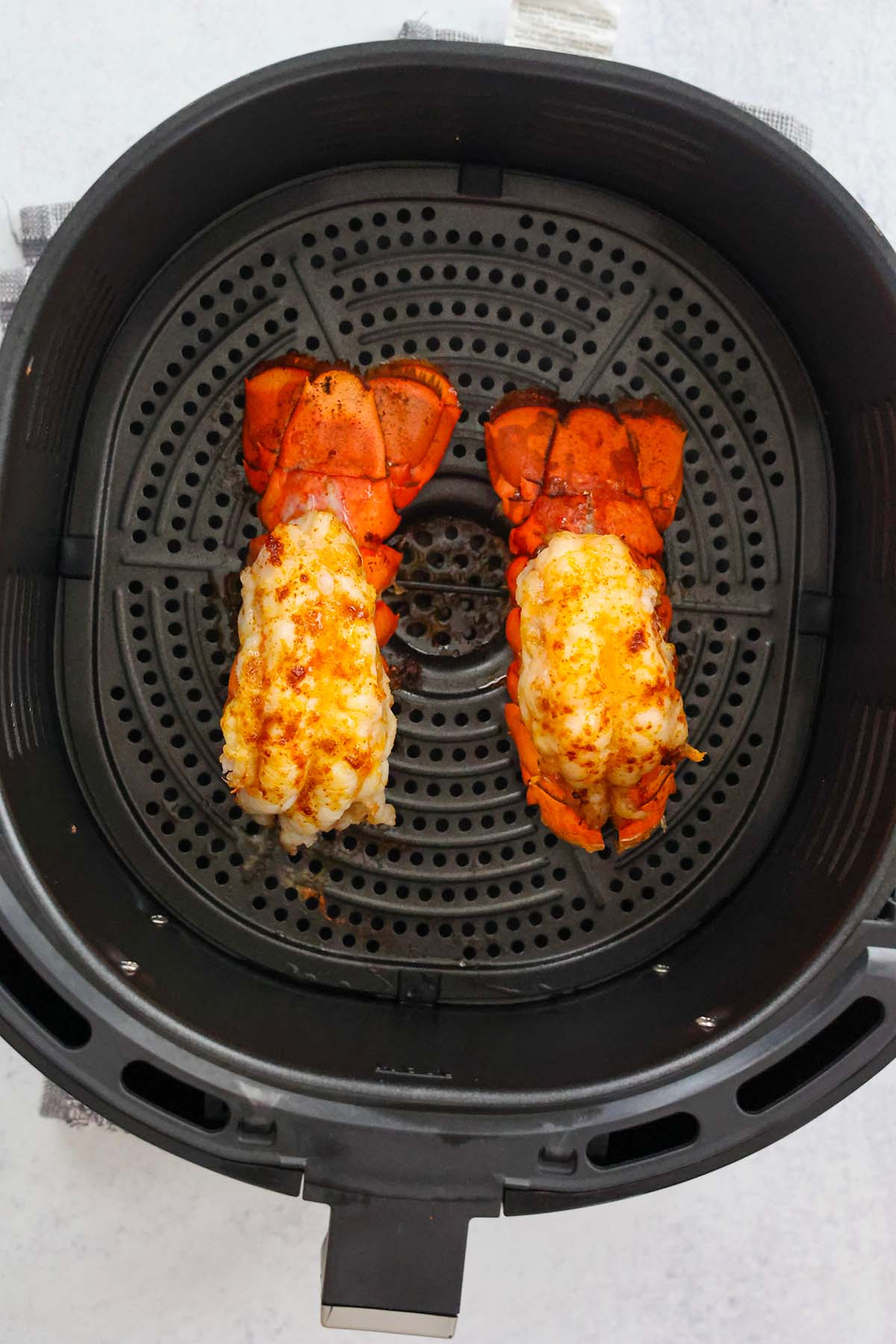
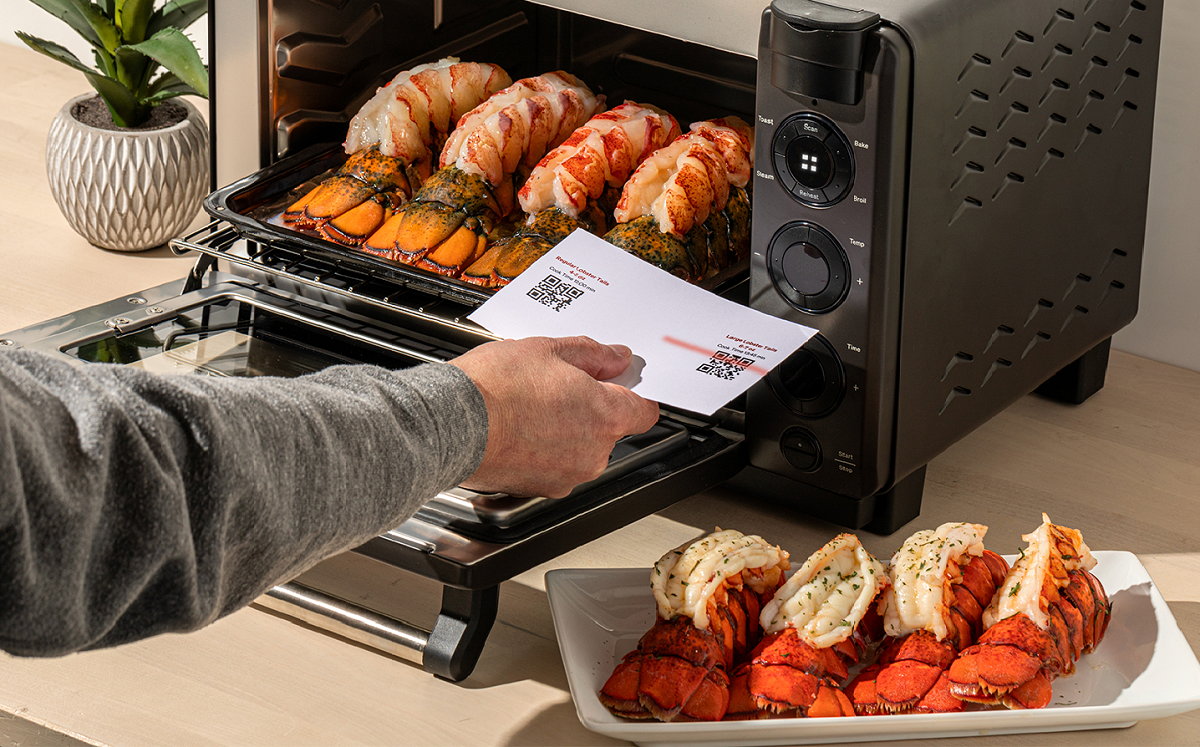
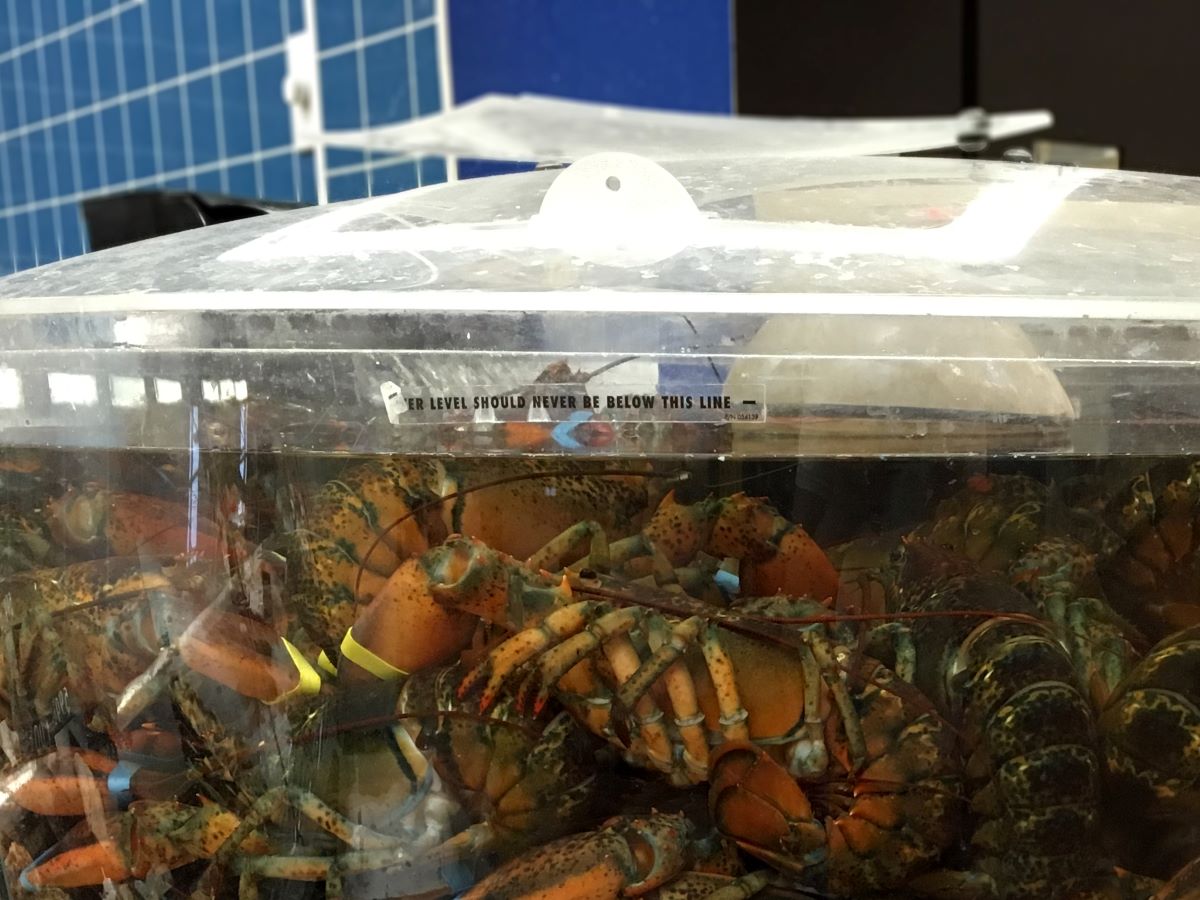
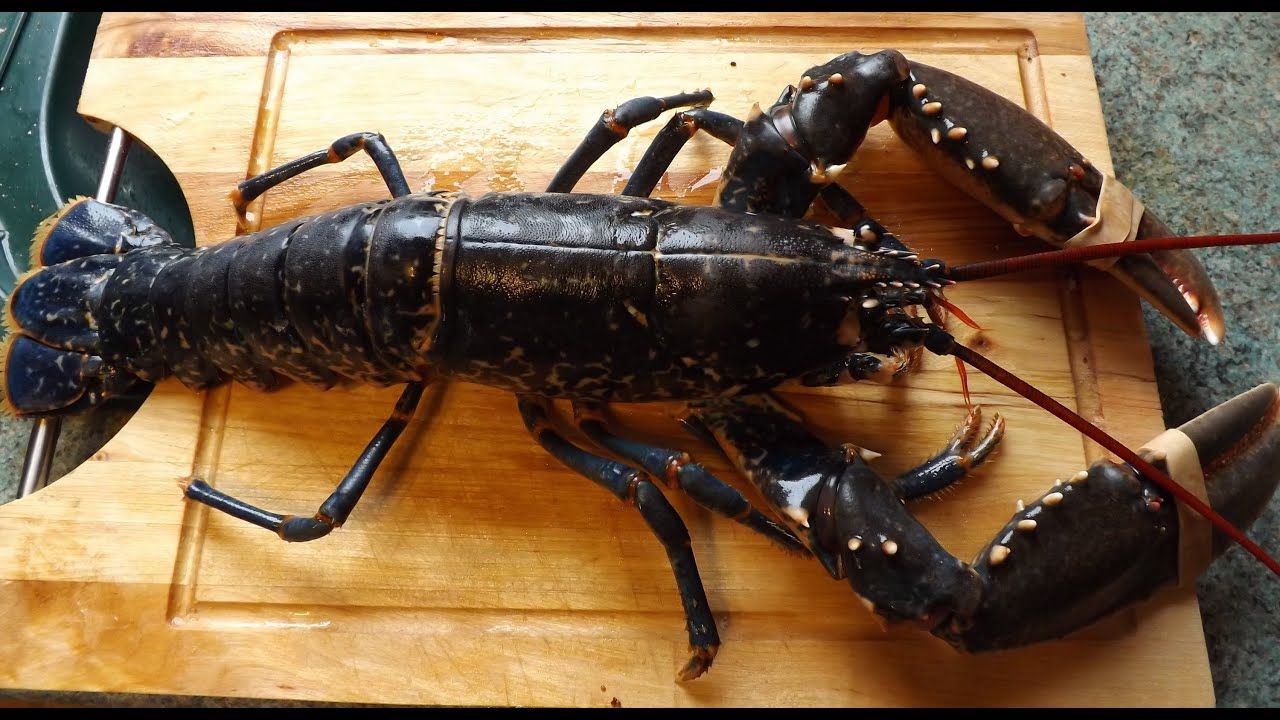
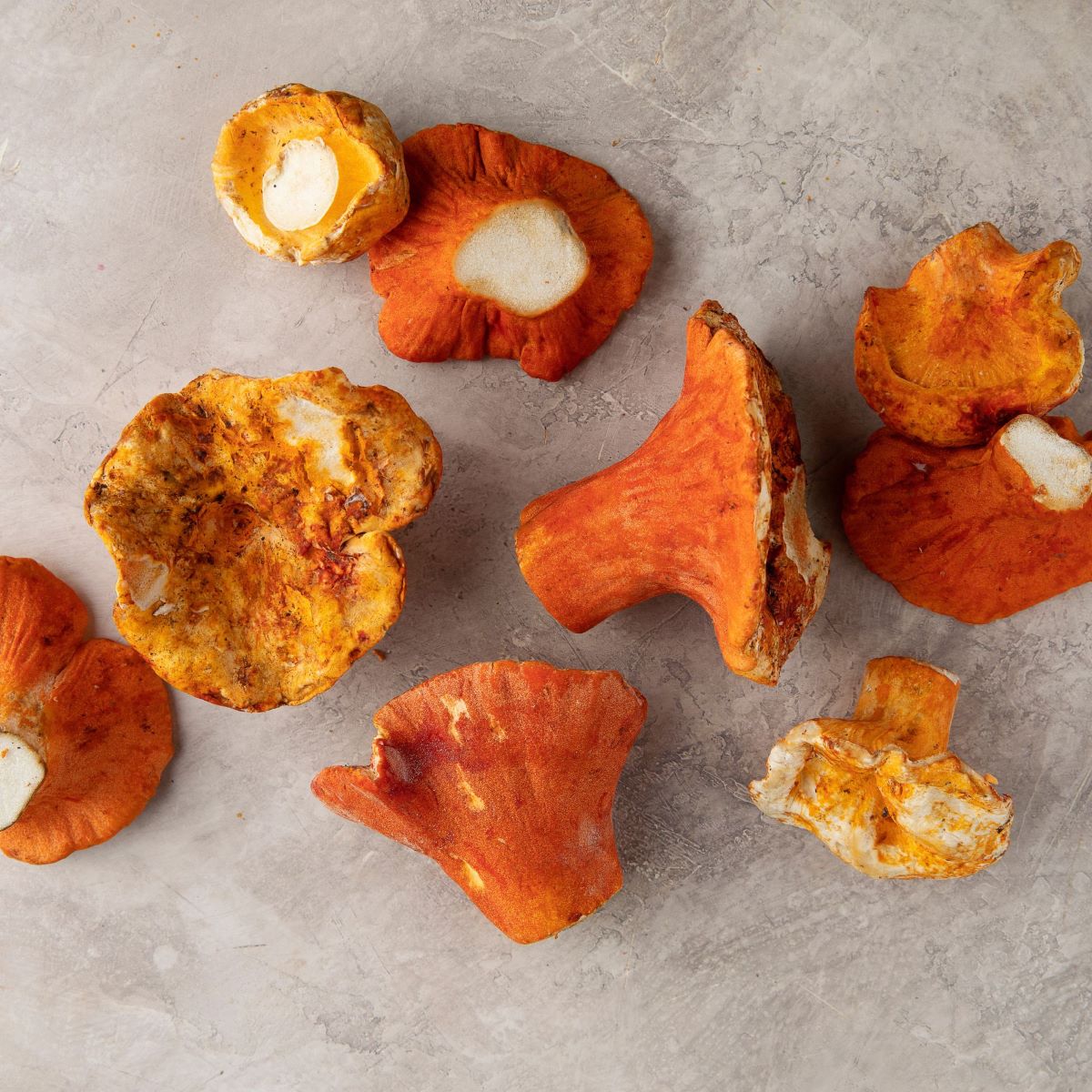
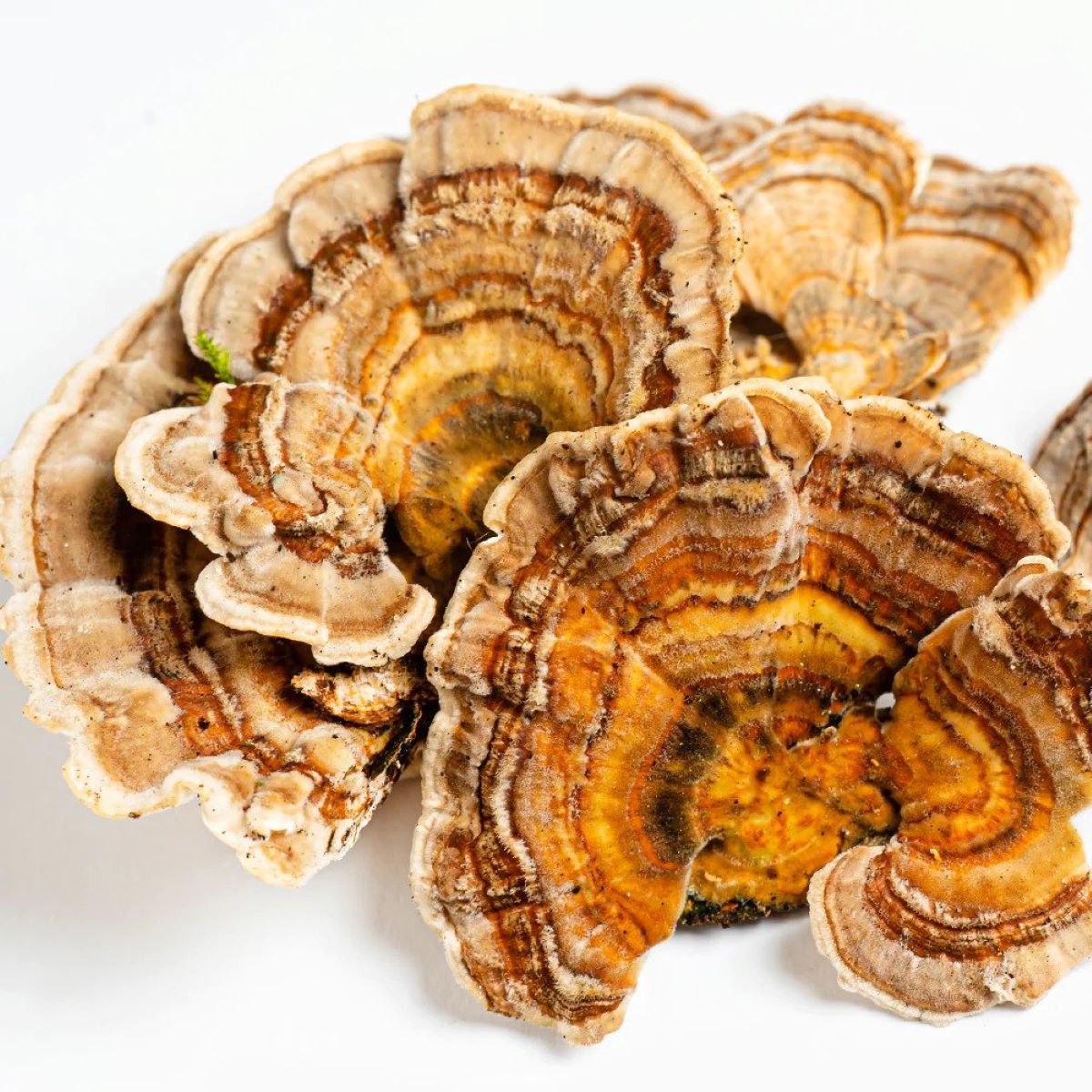

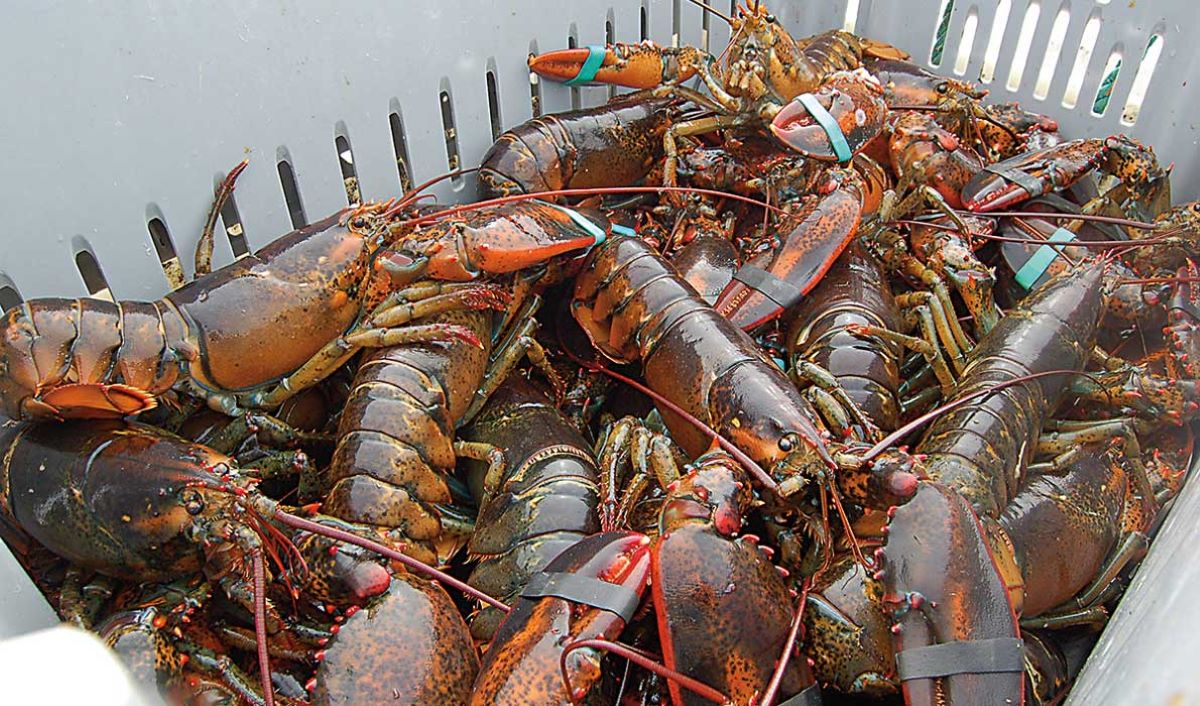
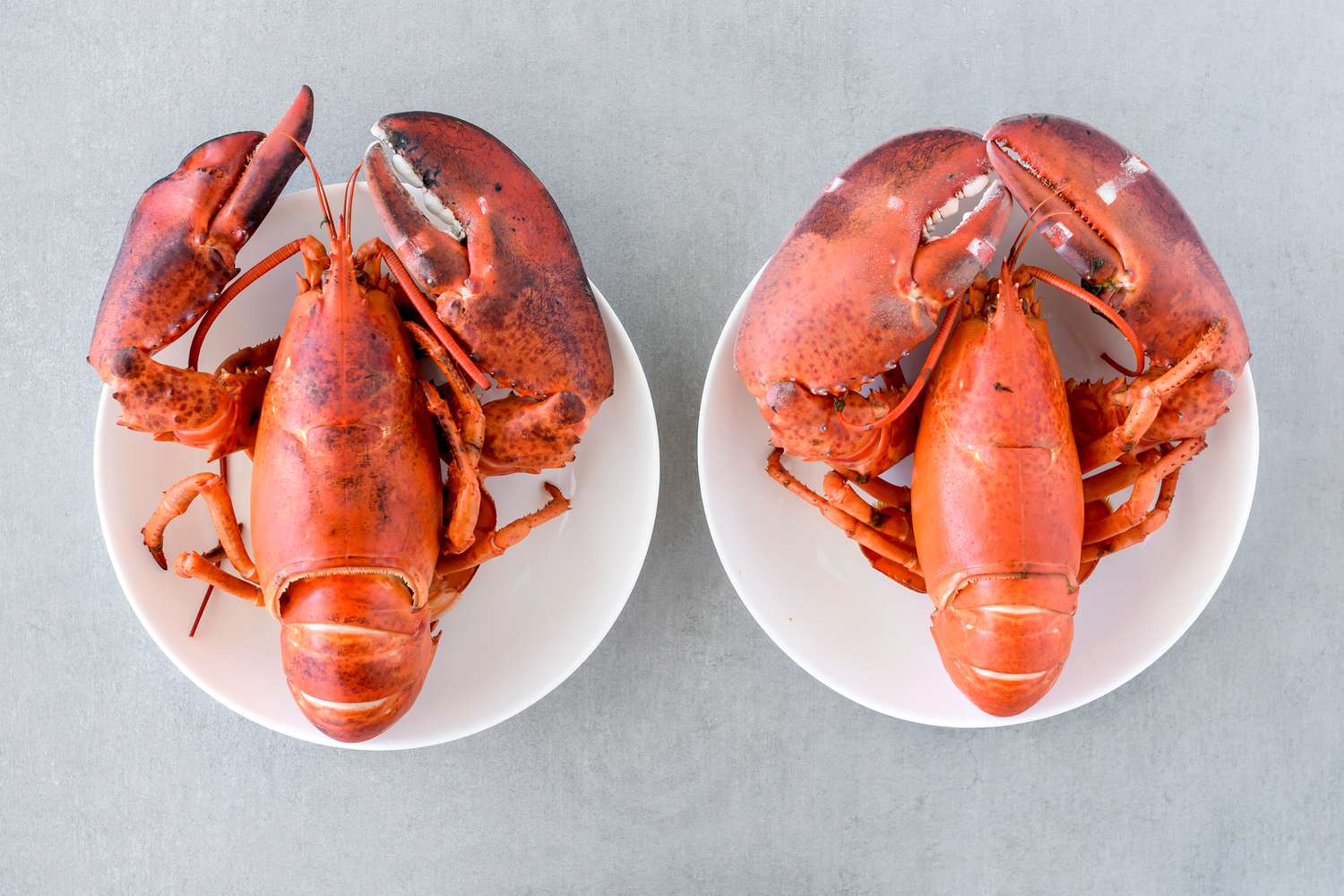
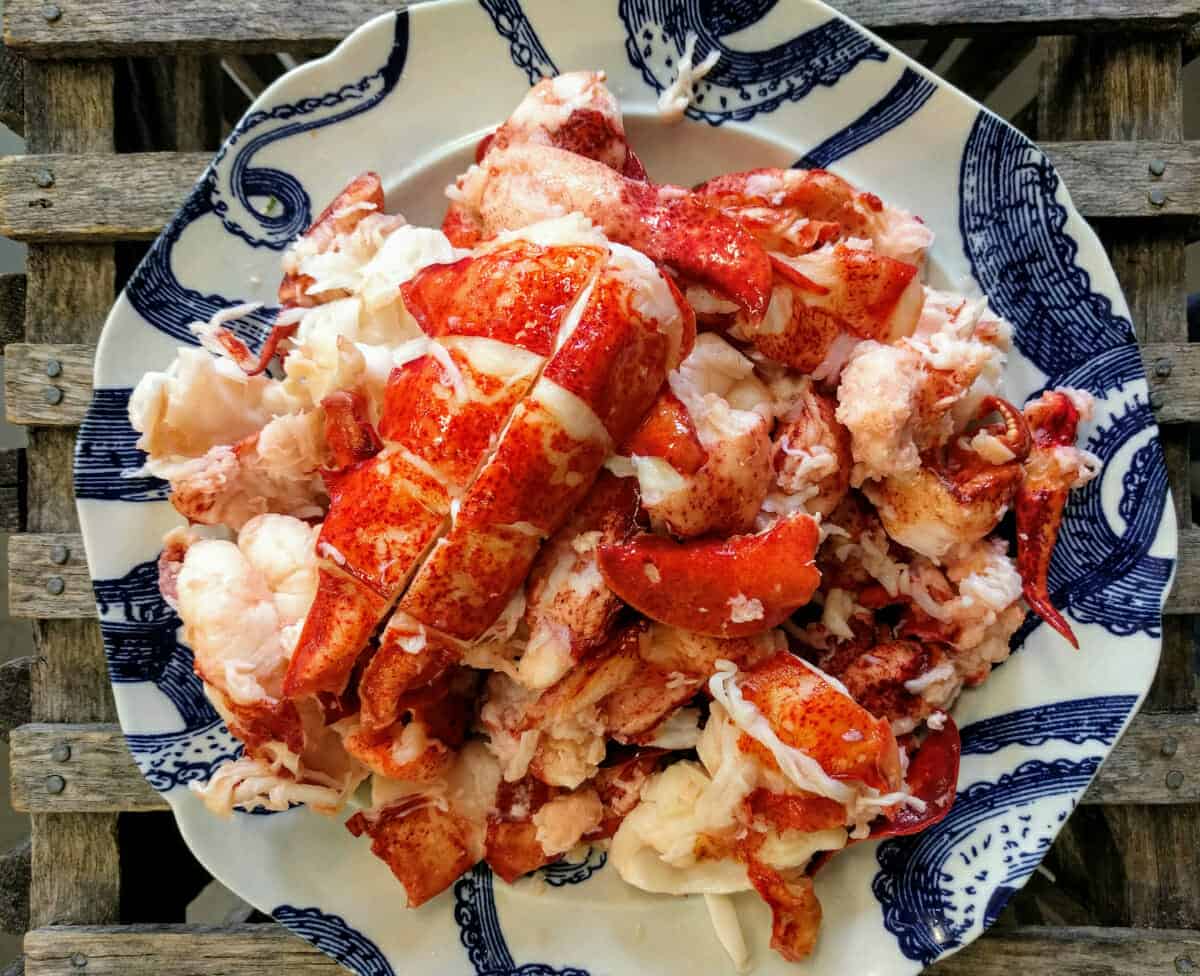

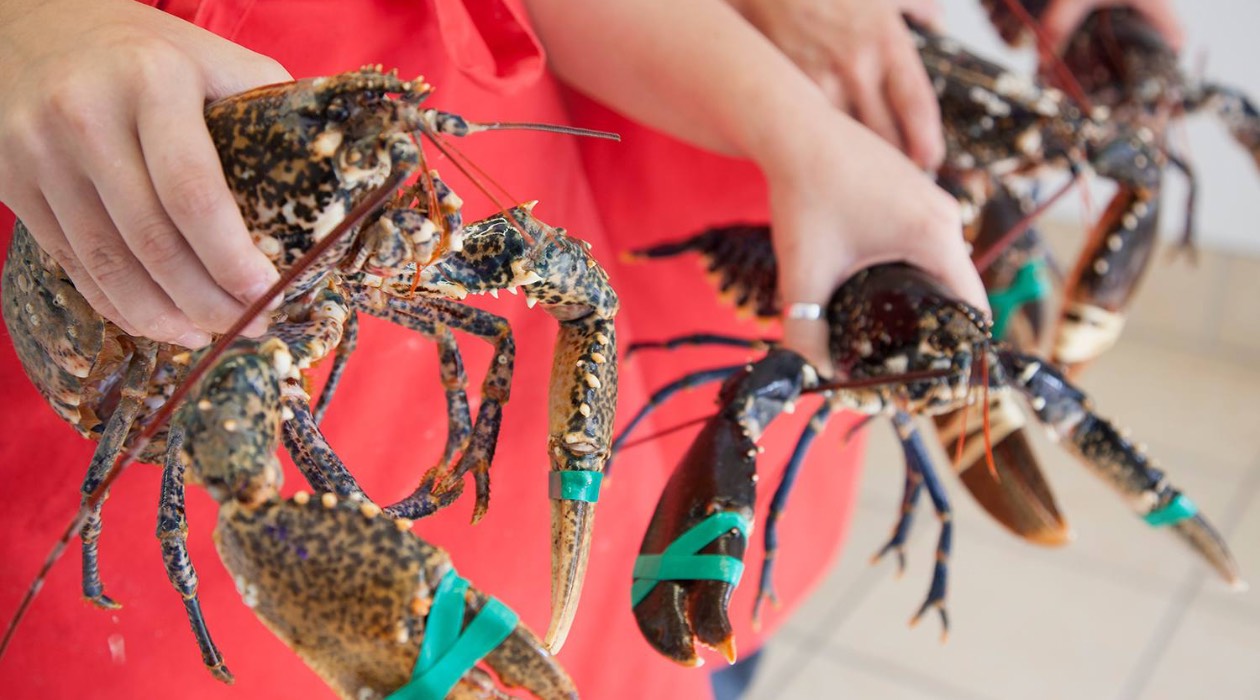
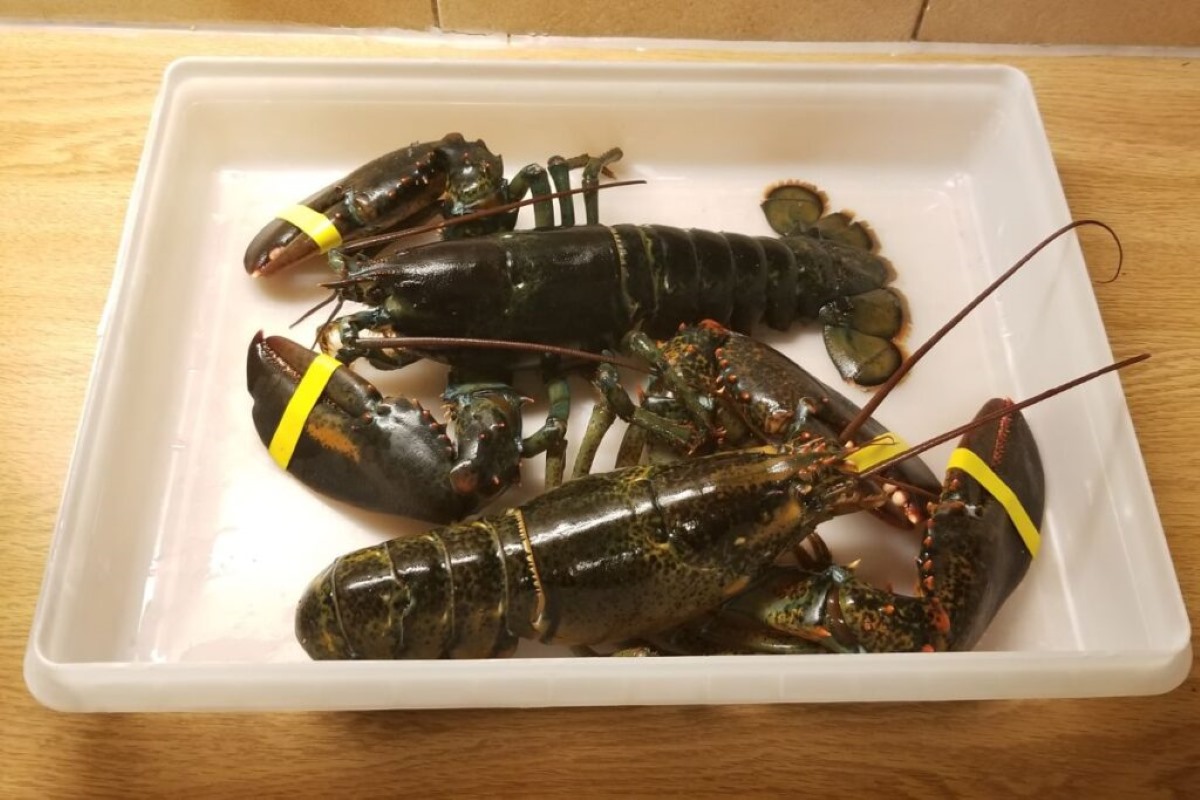

0 thoughts on “How To Store Lobster Tails”